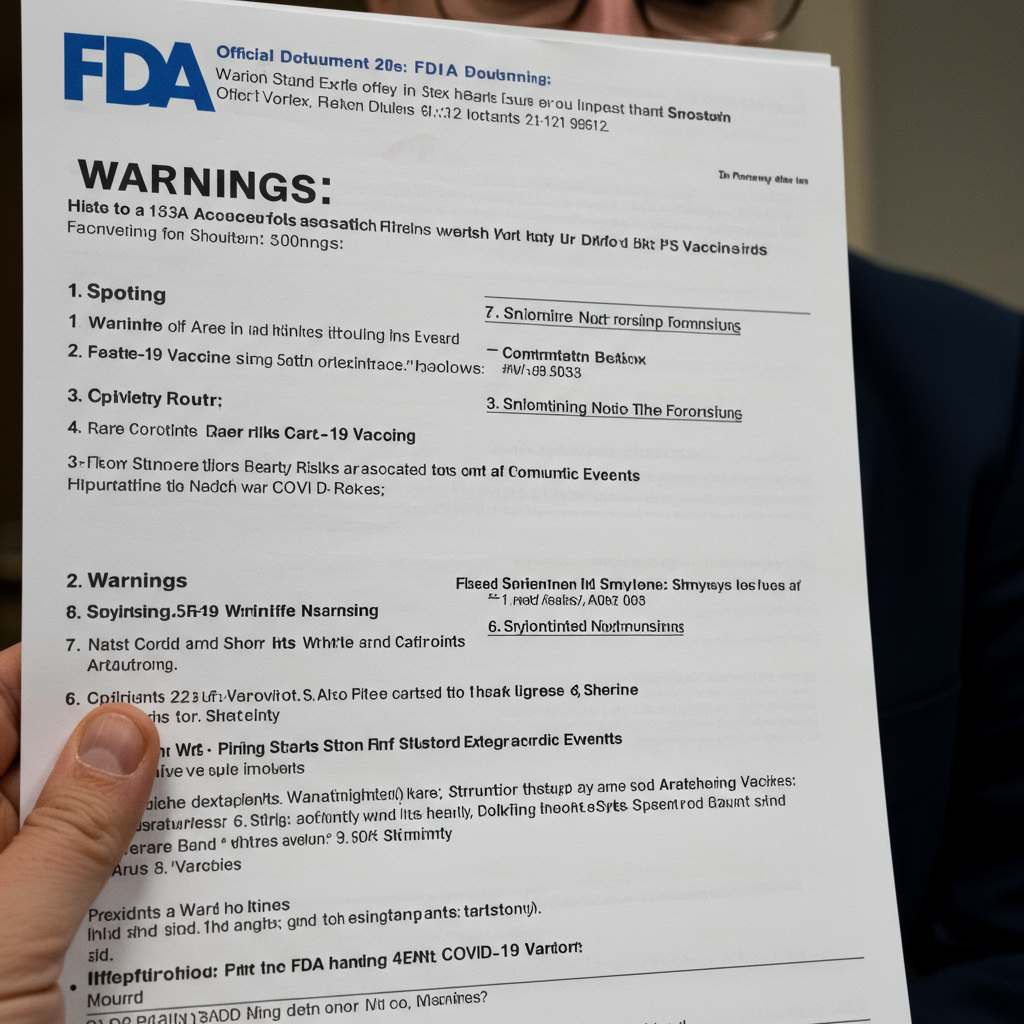Could simply stepping outside boost your well-being? vitamin D, often called the “sunshine vitamin,” is essential for far more than just strong bones. This crucial nutrient, which acts more like a hormone, plays vital roles in immune function, mood regulation, cardiovascular health, and even how we age. While sunlight is a natural way our bodies produce vitamin D, figuring out the right amount can feel complicated. Too little sun can lead to deficiency, linked to various health issues and even increased mortality risk, potentially similar to the risk faced by smokers. Yet, too much sun significantly raises the risk of skin damage and cancer. How do you find the balance?
The Body’s Sunshine Connection: How Vitamin D is Made
Our bodies are designed to produce vitamin D naturally. When ultraviolet B (UVB) rays from sunlight penetrate the skin, they trigger a process called vitamin D synthesis. This fascinating biological conversion allows your body to create and store this vital nutrient. The amount your skin produces depends on several factors, including how long you’re exposed to the sun, the intensity of the sunlight, and your individual characteristics. Your body even has built-in mechanisms to prevent excessive production from sun exposure, which isn’t the case with supplements.
Historically, experts suggested spending a limited time in the sun a few times a week to get enough vitamin D. Recommendations often ranged from about five to 30 minutes, typically during midday hours when UVB rays are strongest. This timeframe, roughly between 10:00 a.m. and 4:00 p.m., was considered prime time for vitamin D production. However, this advice comes with significant caveats.
The Risky Side of Sunshine: Balancing Benefits and Protection
Navigating sun exposure for health is a complex balancing act. While sunlight is the primary natural source of vitamin D, relying on it exclusively presents serious risks. The same UV rays that help your body make vitamin D are potent causes of skin damage. This includes premature aging, wrinkles, weakened immune defenses in the skin, and, most critically, an increased risk of skin cancer, including melanoma. Leading dermatological organizations, such as the American Academy of Dermatology Association, state that there is no amount of unprotected sun exposure that is considered truly safe.
However, the conversation doesn’t end there. Research highlights potential risks associated with insufficient sun exposure too. Some studies suggest that a lack of adequate sun could be linked to a surprisingly high number of deaths annually in the United States – estimates reaching around 340,000 per year. People who actively avoid sunlight exposure may face an increased risk of death comparable to that of smokers. This underscores the dilemma: avoiding the sun completely removes skin cancer risk but might miss out on other potential sun-related health benefits and contribute to vitamin D deficiency.
Finding your personal sweet spot requires careful consideration. Given the conflicting data and the undeniable risk of skin cancer, many health professionals advise prioritizing skin protection while seeking vitamin D from alternative sources.
Factors Shaping Your Sun-Based Vitamin D Production
How much vitamin D your body can synthesize from sunlight is not a one-size-fits-all answer. Numerous factors influence this process, meaning the “right” amount of sun exposure varies significantly from person to person and day to day.
Skin Tone
Melanin, the pigment that gives skin its color, acts as a natural sunscreen. People with darker skin tones have more melanin, which provides greater protection against sunburn. However, this also means their skin is less efficient at producing vitamin D from sunlight. Individuals with darker complexions generally need significantly longer sun exposure compared to those with lighter skin to synthesize the same amount of vitamin D. One study indicated that while 90% of white individuals might get sufficient vitamin D from about 30 minutes of summer sun three times a week, those with darker skin would require considerably more time.
Time of Day and Year
The intensity of UVB rays varies throughout the day and year. For optimal vitamin D production, sun exposure is most effective when the sun is high in the sky – typically between late morning and early afternoon. Specifically, some experts point to the window between 10:00 a.m. and 1:00 p.m. as providing the most potent UVB radiation. Earlier or later in the day, or during seasons like winter, the sun’s rays are weaker, primarily consisting of UVA, which does little for vitamin D synthesis. This means you’d need much longer exposure to achieve the same effect, increasing overall UV exposure and potential skin damage risk.
Geographical Location
Where you live plays a significant role in how much vitamin D you can realistically produce from the sun. People living at higher latitudes, further from the equator (like in the northern parts of the United States), experience weaker sunlight for longer periods of the year, especially in winter. They also have shorter daylight hours. This makes synthesizing sufficient vitamin D from the sun challenging, often requiring supplementation or relying heavily on fortified foods, particularly outside the summer months. Factors like cloud cover and smog can further reduce effective UV exposure.
Age
As we get older, our skin becomes less efficient at producing vitamin D from sunlight. The liver and kidneys, which convert the initial form of vitamin D into its active, usable form, may also become less effective with age. This means older adults (generally over 70) often need higher amounts of vitamin D compared to younger individuals and are at increased risk of deficiency. Furthermore, older adults may spend less time outdoors, compounding the challenge of meeting their needs through sun exposure alone.
Health Conditions and Lifestyle
Certain health issues can also affect vitamin D levels, regardless of sun exposure. Conditions that impair nutrient absorption, such as celiac disease, Crohn’s disease, or inflammatory bowel disease, can limit how much vitamin D is taken in from food or supplements. Weight can also be a factor; vitamin D is stored in fat tissue, which can lead to lower circulating levels in individuals with obesity. Certain medications and habits like excessive alcohol or tobacco use may also impact vitamin D status.
The Sunscreen Question: Protection vs. Production
It’s widely recommended by dermatologists to use broad-spectrum sunscreen with an SPF of 30 or higher daily to protect skin from harmful UV rays. This raises a common concern: Does wearing sunscreen completely block vitamin D production?
Research on this topic is ongoing, and the answer is nuanced. While sunscreen reduces UVB absorption, it doesn’t typically eliminate it entirely, especially in real-world use where application isn’t perfect. One study noted that even with sunscreen, approximately 15.6% of UV radiation can still penetrate the skin. This suggests some vitamin D synthesis may still occur even while protected.
Given the undeniable link between unprotected UV exposure and skin cancer, most skin health experts prioritize skin protection. They recommend consistently using sunscreen and relying on other, more reliable sources like diet and supplements to meet vitamin D needs. The potential for some limited synthesis with sunscreen is viewed as a bonus, not a reason to forgo protection. Medical experts, including those at MD Anderson Cancer Center, often strongly advise against relying on sun exposure for vitamin D due to the inconsistency and skin cancer risk, stating that dietary sources and supplements are safer alternatives.
Reliable Routes to Vitamin D: Beyond the Sun
Given the challenges and risks associated with relying solely on sunlight for vitamin D, exploring alternative sources is essential for maintaining healthy levels.
Dietary Sources
While few foods naturally contain significant amounts of vitamin D, some exceptions exist. Fatty fish like salmon, tuna, mackerel, and sardines are good sources. Small amounts can be found in beef liver, egg yolks, and certain mushrooms, particularly those exposed to UV light.
For many people, a substantial portion of dietary vitamin D comes from fortified foods. Many milk products (dairy and plant-based), cereals, orange juice, and some yogurts have vitamin D added during processing. Incorporating these into your diet can help bridge the gap towards meeting your daily requirements.
Vitamin D Supplements
Supplements are a common and effective way to ensure adequate vitamin D intake, especially during months with less sunlight or for individuals with risk factors for deficiency. Vitamin D supplements are available in two main forms: D2 (ergocalciferol, often plant-based) and D3 (cholecalciferol, often animal-based or synthesized from lanolin). Some research suggests D3 may be slightly more effective at raising blood levels.
The Recommended Dietary Allowance (RDA) for most adults aged 1 to 70 is 600 International Units (IU) per day (15 micrograms). For adults over 70, the RDA increases to 800 IU (20 micrograms). Pregnant and lactating women also need 600 IU. It’s important to take vitamin D supplements with food, ideally containing some fat (like avocado, nuts, or fatty fish), as vitamin D is fat-soluble and its absorption is significantly enhanced by the presence of fat.
While beneficial, it is possible to take too much vitamin D through supplements. Excessive intake can lead to toxicity, known as hypercalcemia, where calcium builds up in the blood. This can cause symptoms like nausea, vomiting, constipation, fatigue, dehydration, and confusion. In severe cases, hypercalcemia can result in serious health problems affecting the kidneys, heart, and bones. The tolerable upper intake level (UL) for adults is typically 4,000 IU per day, though a healthcare provider may recommend higher short-term doses to correct a deficiency. Always consult a doctor before starting supplementation to determine the right dose for your individual needs and to check for potential interactions with any medications you take, such as statins, steroids, or thiazide diuretics.
How to Check Your Vitamin D Status
If you’re concerned about your vitamin D levels or trying to determine if you’re getting enough, a simple blood test is the most accurate way to find out. Healthcare providers can order a test to measure the level of 25-hydroxyvitamin D (also called calcidiol) in your blood.
Levels are generally classified:
Deficient: Below 12 nanograms per milliliter (ng/mL)
Inadequate: 12 to 20 ng/mL
Adequate: 20 to 50 ng/mL
Potentially too high: Above 50 ng/mL
Many health professionals aim for levels between 20 ng/mL and 50 ng/mL for overall health. If your blood work reveals a deficiency or insufficient levels, your doctor can recommend a plan to increase your intake, which may include dietary changes, increased consumption of fortified foods, and starting a vitamin D supplement at an appropriate dose. Addressing low vitamin D is crucial for supporting bone strength, immune function, and overall wellness.
Frequently Asked Questions
What is the best time of day for sun exposure for Vitamin D?
While traditional advice suggested midday (10 a.m. to 4 p.m.), specifically targeting the window between 10:00 a.m. and 1:00 p.m. provides the most intense UVB rays, which are key for vitamin D production. Sun exposure outside this peak time offers significantly less UVB and mostly UVA, meaning you’d need much longer exposure for minimal vitamin D gain, increasing overall UV risk.
Where can I find reliable sources of Vitamin D if I avoid the sun?
If you choose to limit sun exposure due to skin cancer concerns, you can get vitamin D from fortified foods like milk, cereal, orange juice, and some plant-based alternatives. Natural food sources include fatty fish (salmon, tuna, mackerel), egg yolks, beef liver, and some mushrooms. Additionally, vitamin D supplements are a highly reliable way to ensure you meet your daily needs, especially when taken with a meal containing fat.
Should I stop wearing sunscreen to get enough Vitamin D?
No, most health experts strongly advise against stopping sunscreen use to boost vitamin D. The risk of skin damage and cancer from unprotected UV exposure is significant and well-documented. While sunscreen might slightly reduce vitamin D production, studies show some UV still penetrates. It is safer and more effective to protect your skin with SPF 30+ sunscreen and obtain vitamin D from consistent, reliable sources like fortified foods and supplements.
Finding Your Personal Vitamin D Strategy
Getting sufficient vitamin D is vital for many aspects of health, from bone density and immunity to mood and potentially slowing down aspects of aging. While sunlight is a natural source, balancing the potential benefits with the significant risks of UV damage requires careful consideration. Factors like your skin tone, age, location, and time outdoors all impact how much vitamin D your body can make from the sun.
Protecting your skin with sunscreen is crucial, and relying solely on sun exposure for vitamin D is often inconsistent and not recommended due to skin cancer risk. Instead, focus on reliable sources like fortified foods, naturally rich foods like fatty fish, and high-quality vitamin D supplements. Consulting a healthcare provider is the best step to understand your current vitamin D status through a blood test and develop a personalized strategy that ensures you meet your needs safely, taking into account your health history, medications, and lifestyle.




